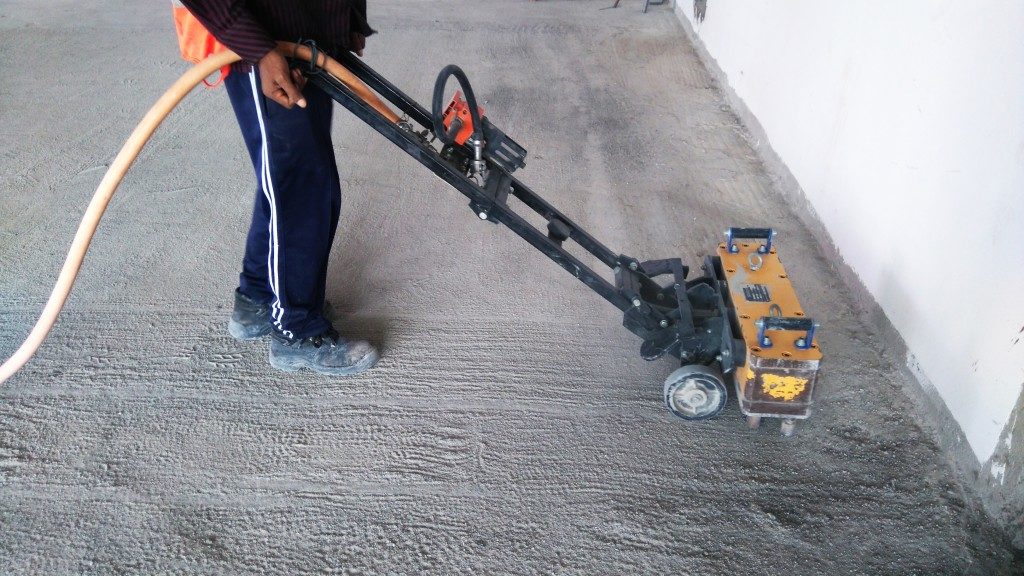Concrete has a variety of uses, but it degrades over time. All sorts of damage can happen to it, which can affect the structural condition of the establishments that used it as a main material. Concrete may be a durable construction material, but structural damage in infrastructure is inevitable and can be caused by a number of reasons. Major problems can arise in the future if it goes on without a solution.
Applications of Concrete
Concrete cement has been used to build remarkable structures since ancient times. It has a number of applications including dams, bridges, pools, homes, pavement, and office buildings. It is a flexible material used to construct, mend, and rebuild. Sometimes called as liquid stone, concrete is a mix of rubble, water, and cement. They are poured into place through casts and molds. They can be prepared on-site or can be prefabricated from an offsite manufacturer.
Concrete has a decorative purpose since it can be molded into shapes. It can liven up walls by creating different textures on the cement surface, such as stucco. Concrete cement is versatile, as it can be used for as flooring to create an industrial appeal. It can also be used as a base of a green roof to grow vegetation. It is generally used for prolonged building use and can act as a functioning thermal mass. It can also absorb and retain heat during the day, and slowly release it at night. It is a good acoustical barrier as it can absorb or deflect sound.
Damages to Concrete
 We commonly know that concrete can be used in construction, but it is also used to reconstruct or repair structural damages. Damage can be caused by time through wear and tear, and it can also be caused by natural forces. There are ways to fix these damages, such as concrete replacement. There are professionals in Kansas City who provide an economical solution by replacing damaged concrete instead of rebuilding from scratch. Here are the common problems for repairing problems in concrete:
We commonly know that concrete can be used in construction, but it is also used to reconstruct or repair structural damages. Damage can be caused by time through wear and tear, and it can also be caused by natural forces. There are ways to fix these damages, such as concrete replacement. There are professionals in Kansas City who provide an economical solution by replacing damaged concrete instead of rebuilding from scratch. Here are the common problems for repairing problems in concrete:
- Rebar corrosion
In construction, rebars are steel reinforcement which acts like a skeleton. These are embedded in cement to provide structural strength to a building. Exposed to atmospheric conditions, steel can corrode and become weak over time. Corroded steel can expand and cause cracking in concrete.
- Freeze-thaw deterioration
Water can seep through concrete and expands as it freezes in winter. It produces small capillaries that can weaken the tensile strength of the concrete. Concrete can crack and crumble after a few cycles of freezing and thawing, which is a common problem in Missouri.
- Chemical attack
Chemical buildup such as salts, acids, and alkali can cause concrete deterioration. There is a chemical attack on concrete if you see white or discolored leaching on the surface. Preventative measures can be taken by applying protective treatments.
- Abrasion or erosion
This damage occurs when the surface is exposed to constant rubbing or friction. Windborne particles can cause abrasion of concrete over time. This usually happens in surfaces with heavy traffic like floors, pavements, and hydraulic structures.
- Fire and heat
Concrete can withstand natural temperatures, but it can lose strength and stiffness if exposed to fire or unusually high temperature. Concrete loses strength if it is quickly cooled from high temperature. Thermal damage can cause cracks and expansion in concrete.
These are some of the problems that concrete can have, and is best looked upon by inspectors or professionals. Professionals help pinpoint the exact causes of the damage and apply necessary repairs for it. Make sure to check your houses and buildings if it is structurally sound to avert costly repairs or reconstruction in the future.

